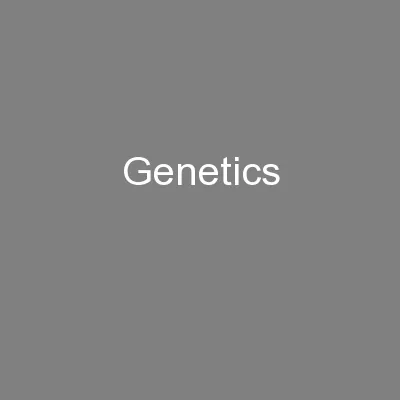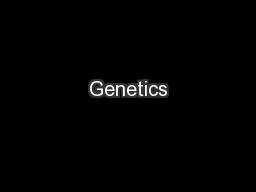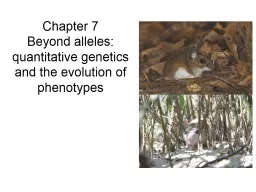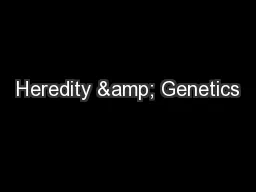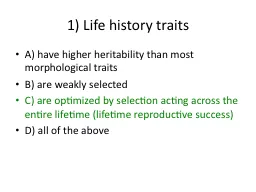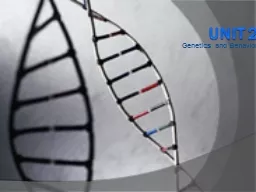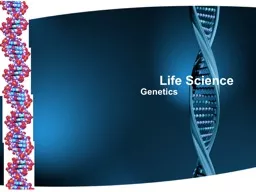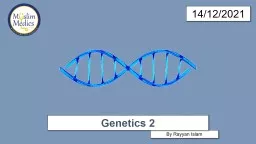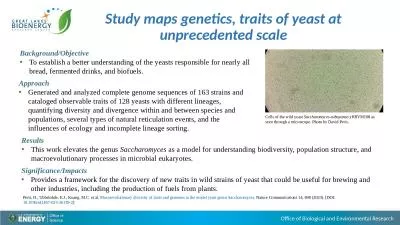PPT-Quantitative genetics The phenotypic traits of the different organisms may be
Author : mia | Published Date : 2023-10-30
quali tative traits are the classical Mendelian traits of kinds such as form eg round or wrinkled seeds of pea structure eg horned or hornless condition in cattles
Presentation Embed Code
Download Presentation
Download Presentation The PPT/PDF document "Quantitative genetics The pheno..." is the property of its rightful owner. Permission is granted to download and print the materials on this website for personal, non-commercial use only, and to display it on your personal computer provided you do not modify the materials and that you retain all copyright notices contained in the materials. By downloading content from our website, you accept the terms of this agreement.
Quantitative genetics The phenotypic traits of the different organisms may be: Transcript
Download Rules Of Document
"Quantitative genetics The phenotypic traits of the different organisms may be"The content belongs to its owner. You may download and print it for personal use, without modification, and keep all copyright notices. By downloading, you agree to these terms.
Related Documents


